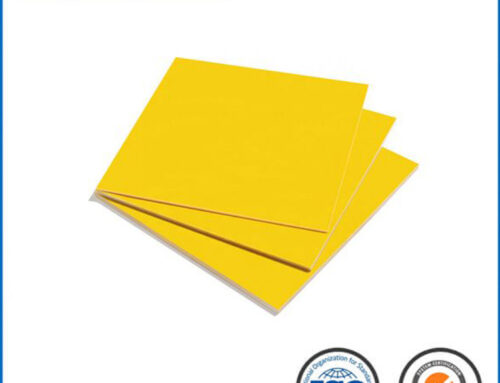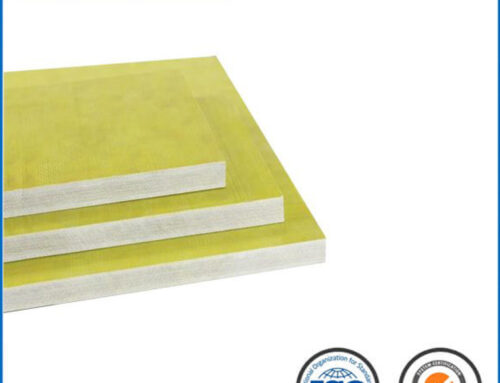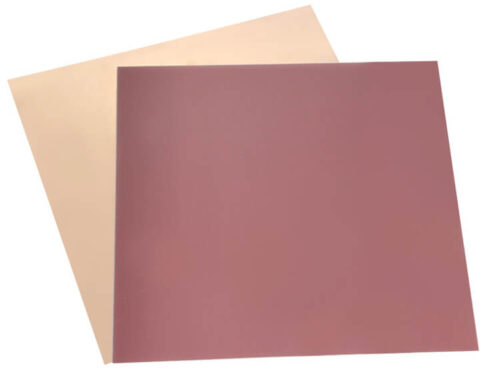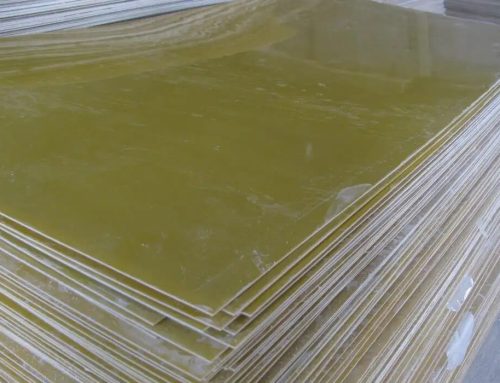Phenolic fiberglass, a composite material born from the synergy of phenolic resin and fiberglass reinforcement, stands as a dynamic solution in the realm of advanced materials. This article delves into the unique properties and diverse applications of phenolic fiberglass, shedding light on its composition, mechanical characteristics, and the wide array of industries that benefit from its versatility. From aerospace engineering to electrical insulation, the unveiling of phenolic fiberglass showcases its role as a robust and adaptable composite material.
1. Composition and Manufacturing Process: The Fusion of Phenolic Resin and Fiberglass
Phenolic Resin Matrix:
At the core of phenolic fiberglass is a matrix of phenolic resin, known for its excellent heat resistance and fire-retardant properties.
The resin matrix provides the composite with durability and resistance to various environmental factors.
Fiberglass Reinforcement:
Woven or mat fiberglass reinforcement is integrated into the phenolic resin matrix during the manufacturing process.
The fiberglass component imparts strength, rigidity, and impact resistance to the composite.
2. Mechanical Strength and Durability: Characteristics That Define Phenolic Fiberglass
High Impact Resistance:
Phenolic fiberglass exhibits high impact resistance, making it suitable for applications where durability is paramount.
This property ensures the composite’s ability to withstand sudden forces without compromising its structural integrity.
Mechanical Strength:
The combination of phenolic resin and fiberglass reinforcement results in a composite with notable mechanical strength.
Phenolic fiberglass finds applications in scenarios demanding robust materials capable of withstanding challenging conditions.
3. Thermal Resistance: Flourishing in High-Temperature Environments
Exceptional Heat Resistance:
Phenolic fiberglass excels in high-temperature environments due to the inherent heat resistance of phenolic resin.
This property makes it valuable in applications where exposure to elevated temperatures is a constant factor.
Fire Retardancy:
The fire-retardant nature of phenolic resin enhances the composite’s safety profile, making it suitable for applications where fire resistance is crucial.
Industries such as construction and transportation benefit from the added fire safety provided by it.
4. Versatile Applications: From Aerospace to Electrical Insulation
Aerospace Engineering:
In aerospace applications, it finds use in components requiring a balance of lightweight construction and structural integrity.
Its high strength-to-weight ratio contributes to fuel efficiency in aerospace structures.
Electrical Insulation:
It serves as an excellent electrical insulator, making it a preferred material for electrical components and insulating structures.
The composite’s electrical properties contribute to its reliability in electronic and power distribution applications.
5. Resistance to Chemicals and Environmental Factors: A Robust Solution
Chemical Resistance:
It exhibits resistance to a wide range of chemicals, enhancing its suitability for applications where exposure to corrosive substances is a concern.
This property contributes to the composite’s longevity in challenging chemical environments.
Environmental Durability:
The composite’s durability against environmental factors, including moisture and UV exposure, makes it a resilient choice for outdoor applications.
Phenolic fiberglass maintains its structural integrity over time, even in harsh weather conditions.
Conclusion: Phenolic Fiberglass – Pioneering Innovation in Composite Technology
The unveiling of it showcases a composite material that excels in diverse applications, from aerospace engineering to electrical insulation. The dynamic combination of phenolic resin and fiberglass reinforcement results in a composite with exceptional mechanical strength, heat resistance, and durability. As industries continue to seek innovative materials that meet the demands of modern applications, it stands as a pioneering solution, embodying the adaptability and reliability required for a wide spectrum of scenarios. In the evolving landscape of composite technology, phenolic fiberglass emerges as a dynamic force, contributing to advancements in engineering, construction, and beyond.
More:




